Meat AlternativeThe trend of vegetarianism has been growing for some time, and more individuals are completely giving up meat. The use of a vegetarian diet has several advantages. It will be good for both the environment and your health. Consider the high calorie and fat content of red meat as an example. The quantity of harmful cholesterol in your body also rises as a result. On the other hand, eating plant-based foods prevents this from happening. Meat is a fantastic protein source, so that is also a reality. To balance your diet, if you are giving up meat, you should eat some of its nutritious alternatives. In this article, we will discuss several healthy meat alternatives in this post. 1. Tofu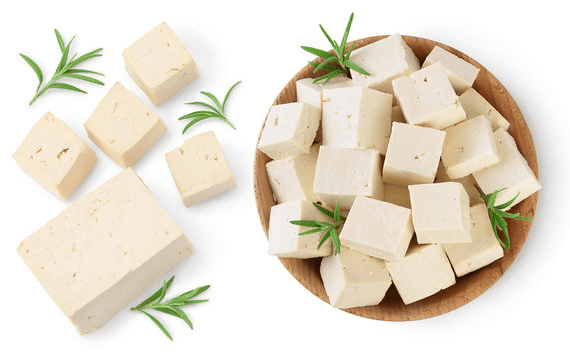
The traditional meat substitute, tofu, has long been a staple of Asian cuisine and a major source of nourishment. It is prized, especially as a low-calorie source of protein. Since it readily takes the flavors of marinades and sauces, tofu is highly flexible. Today, tofu comes in many flavors, including spicy, smoked, and marinated variants with different herbs and spices. Soaked soybeans are enhanced transparency into a smooth pur�e and added to water to form tofu. After being heated to just below boiling, the liquid is curdled, which hardens the liquid's contents like making cheese. The liquid portion of the mixture is then separated from the stiff, fibrous components using a filter. While the tofu is pressed into slabs, the residual solid material, okara or soya, is dried and used as mince, chunks, or cutlets. Nutritional Properties of TofuOne cup of tofu offers the following nutrients and minerals.
2. Wheat protein/Seitan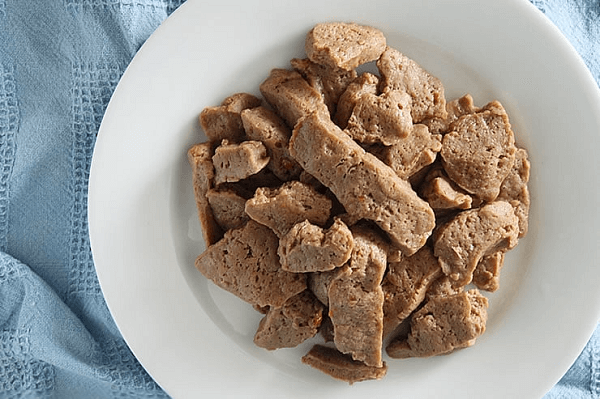
The protein found in wheat is called Seitan. Seitan is a popular meat replacement that has long been a staple in Asian cooking. It has a consistency similar to meat, is easy to season, and cook. It is prepared by carefully rinsing wheat flour dough with water to eliminate all traces of starch, leaving just the gluten. The raw dough acquires a meaty texture by being boiled, baked, or cooked. Seitan's products are cold cuts, sausages, and cutlets. Seitan powder, which comes from essential wheat gluten and is readily and affordably available in many nations, is perfect for preparing cold cuts or vegan sausages at home. Although it is time-consuming, vital wheat gluten may be manufactured at home from wheat flour. Since Seitan is essentially wheat gluten, it should not be consumed by those who have celiac disease or follow gluten-free diets. Nutritional Properties of SeitanOne cup of Seitan offers the following nutrients and minerals.
3. Oat flakes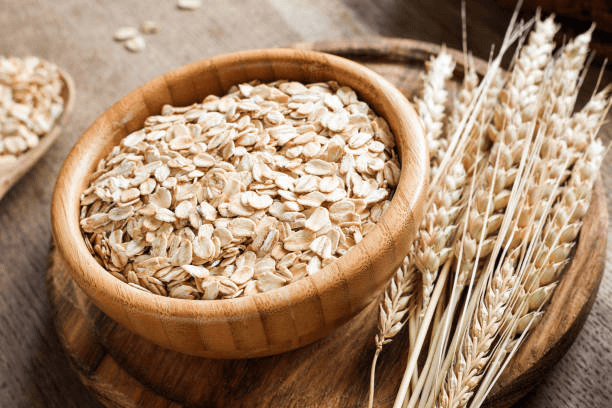
Cutlets made with oat flakes are wonderful. These are created with fried oat dough, vegetable broth, a little fat, finely chopped carrots or courgettes, and frequently more vegetable proteins. Any supermarket or discount retailer will sell oat flakes at a reasonable price. They are a great source of zinc and iron. Oat flakes deliver a continuous stream of complex carbs throughout time, reducing cravings and assisting with weight reduction. Oats are a protein source that is becoming increasingly popular, and you can even get them in the form of pulled oats, similar to pulled pork. Nutritional Properties of Oat flakesOne cup of Oat flakes offers the following nutrients and minerals.
4. Green Spelt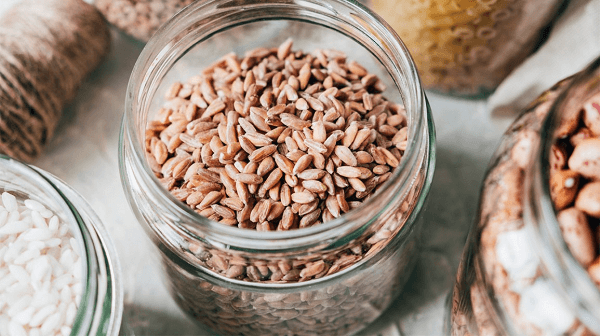
Green Spelt is a kind of wheat that was one of the first grains to be grown. A grain that has not fully matured is called "green spelt." After harvest, it is first dried, and then it is roasted to increase shelf life. This process gives the green spelt a robust taste and makes it simple to digest. Green spelt is rich in B vitamins and a good source of magnesium and phosphorus. Green spelt is available in supermarkets and organic health food stores as partially cooked cutlets, crushed grain, or semolina. As a basis, crushed grain and semolina made from green spelt work well for vegetarian/vegan burgers, cutlets, and meatless balls. Nutritional Properties of Green SpeltOne cup of green spelt offers the following nutrients and minerals.
5. Chickpeas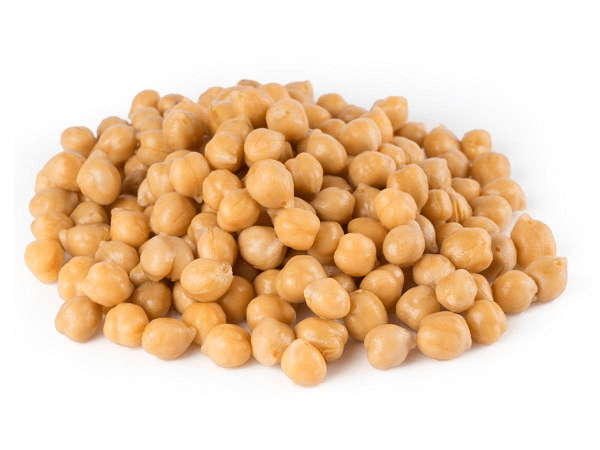
Garbanzo beans, commonly referred to as chickpeas, are a kind of bean that is rich in protein, fiber, and complex carbs. They have a lot of beneficial nutrients but few calories, making them nutrient-dense foods. The adaptable chickpea is a useful plant-based source of protein and is found in various Indian and Mediterranean recipes. Nutritional Properties of ChickpeasOne cup of Chickpeas offers the following nutrients and minerals.
6. Pea protein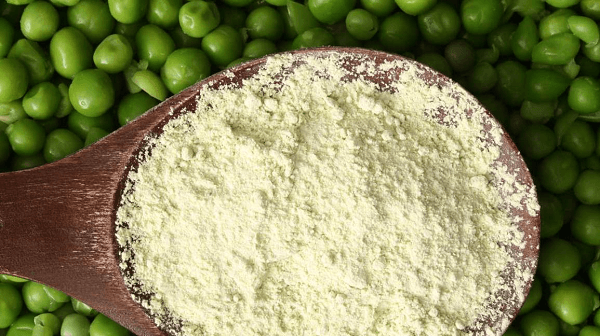
Several new plant-based protein sources, such as the common pea, have recently gained recognition as meat substitutes. The pea protein, veggies, and other spices are combined to create the pea-based products now on the market. They are high in protein and iron and low in fat and sugar. Pea protein-based meat alternatives are becoming more common, although, for the time being, they are mostly offered at stores that cater to vegans. Nutritional Properties of Pea ProteinOne cup of pea protein offers the following nutrients and minerals.
7. Soya protein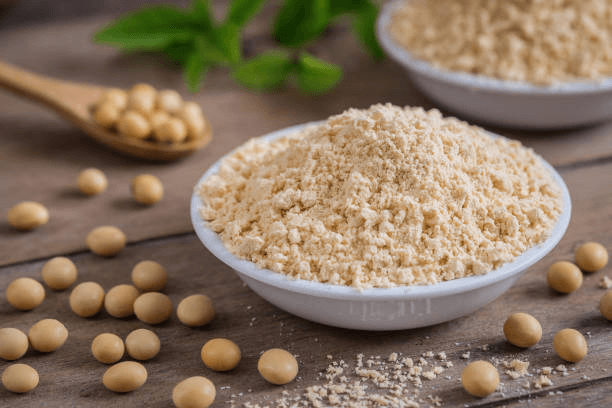
Soya chunks and mince are economical and simple to make ingredients. They are made of dried soya, which, when combined with water, may be used in place of meat in practically any recipe. The most popular forms of soy marketed are balls, cutlets, and mince. Similar to tofu, marinades and spice blends may be used to create almost any flavor or scent. Soy is an excellent addition to veggie burgers, meatballs, cutlets, bolognese sauce, and chili con Carne because of this. Nutritional Properties of Soya ProteinOne cup of Soya protein offers the following nutrients and minerals.
8. Tempeh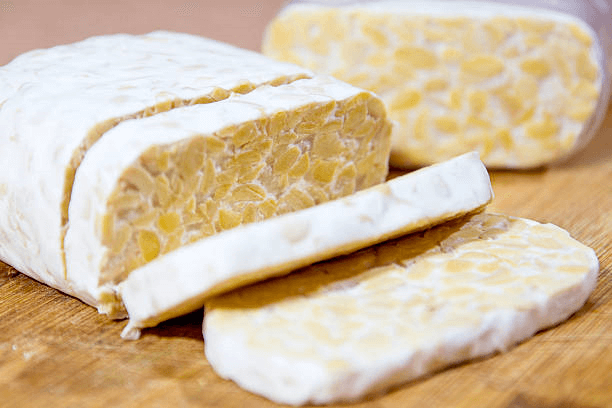
A traditional Indonesian meal called tempeh is produced from fermented soybeans. Similar to how cheese is made, special bacterial cultures manufacture tempeh to break down the protein in the beans and make them more palatable to humans. Tempeh is a great addition to a balanced diet because it typically contains 20% protein and high fiber. When utilizing tempeh, there are no restrictions on one's culinary inventiveness because of its versatility. Nutritional Properties of TempehOne cup of tempeh offers the following nutrients and minerals.
9. Lupin protein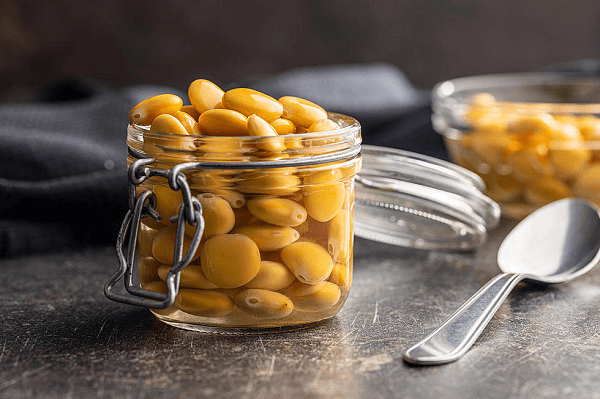
The cultivation of lupins, which is thought to be one of the meat substitutes of the future and has an appropriate environment for it in Europe, is especially sustainable and simple to do. Lupins are beans high in protein, much like soybeans. Lupin protein is used to make sausages, doner kebabs, and cutlets. Most supermarkets that sell organic foods, vegan markets, and online stores offer these. Nutritional Properties of Lupin ProteinOne cup of Lupin protein offers the following nutrients and minerals.
10. Black beans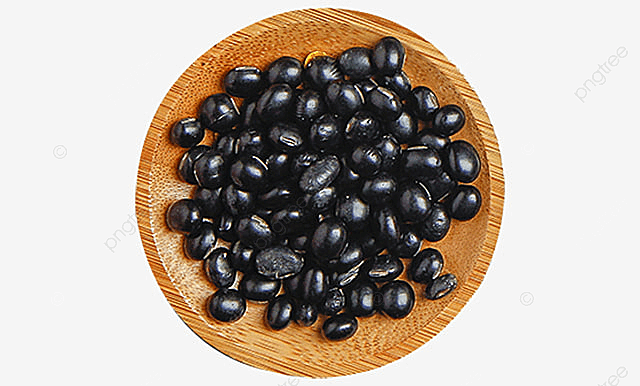
Protein and antioxidants may both be found in abundance in legumes. Black beans, sometimes called "turtle beans," are cheap, healthy, and tasty. They also feature medium, oval-shaped seeds with a pleasing texture and a subdued sweetness. For generations, black beans have been a vital component of cuisines throughout North America. In addition, they provide vegans with a nutritious way to get their recommended daily amount of protein. Due to quick pot recipes, black beans are currently fashionable. It also draws attention to the nutritional advantages of this common legume seed. Nutritional Properties of Black BeansOne cup of black beans offers the following nutrients and minerals.
11. Mycoprotein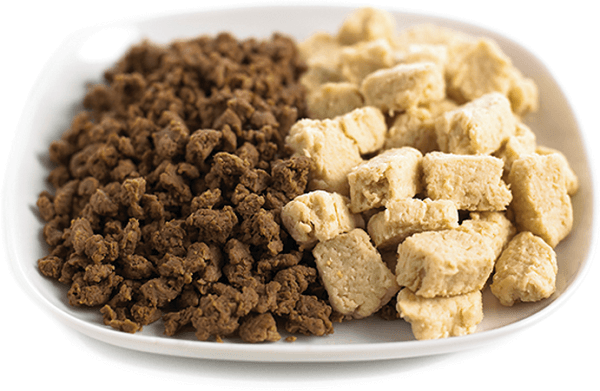
Fusarium venenatum, a filamentous fungus initially identified in the 1960s, is the source of mycoprotein. Mycoprotein is low in calories and saturated fat, high in protein and fiber, and free of Trans fat and cholesterol. A thorough review of the PubMed database turned up 13 human researches looking at the health benefits of mycoprotein. These studies showed promise for enhanced metabolic profile, persistent satiety, and muscle protein synthesis. Commercial mycoprotein production has little impact on the environment and is a component of goods sold under the Quorn brand. Nutritional Properties of MycoproteinOne cup of mycoprotein offers the following nutrients and minerals.
12. Jackfruit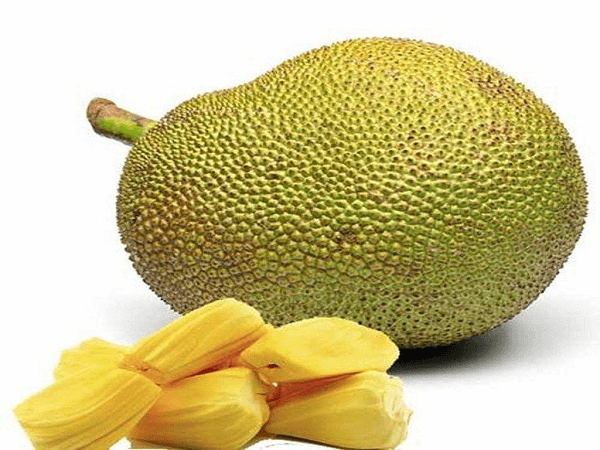
Africa, South America, and Asia all cultivate the tropical fruit jackfruit. The fruit may develop to a maximum weight of 40 pounds, making it the biggest in the world. Less ripe Jackfruit has a bland flavor that goes well with savory sauces, but fully ripe Jackfruit has a slight sweetness. Jackfruit is a relatively low-calorie meat alternative since it mostly consists of fiber and carbohydrates. It can precisely mimic pulled pork because of its naturally stringy texture and chunky chunks. Tacos and carnitas it's also excellent. Nutritional Properties of JackfruitOne cup of Jackfruit offers the following nutrients and minerals.
13. Plant-Based Sausages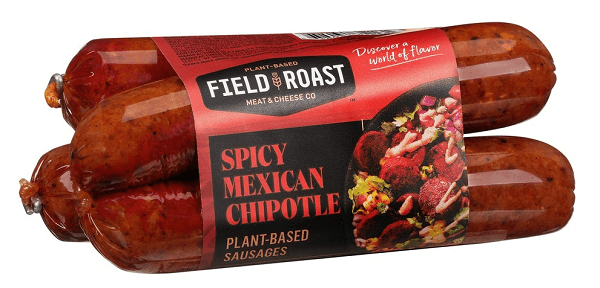
When you're in a rush, this store-bought item is a terrific supper option because it often consists of a mixture of beans, grains, veggies, and spices. Serve them with your preferred grain, in soups, or with bun-wrapped and braised cabbage. With less salt per serving than other top brands and a pea protein base, Beyond Sausage will have you wondering why you ever felt the need to eat real sausage in the first place. Look closely at the labels of prepared foods like sausages to check for hidden nutritional bombs like saturated fat levels and extra salt. Nutritional Properties of Plant-Based SausagesOne cup of Plant-Based Sausages offers the following nutrients and minerals.
14. Plant-Based Chicken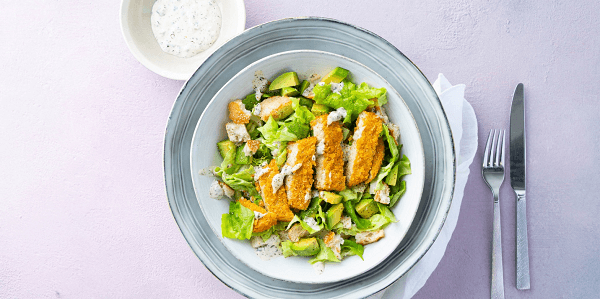
Plant-based chicken is one food item that aims to replicate the meat's flavor and texture. Chicken made from plants is generally made into patties, nuggets, or roasts using components like soy, wheat, or vegetable protein. Food items like plant-based chicken are typically viewed as healthier alternatives to meat since they have lower amounts of saturated fat and higher levels of fiber. Most importantly, selecting a plant-based diet as an alternative to meat is humane. Every time you consume a meal made of plant-based ingredients, you help make animal society easier. Nutritional Properties of Plant-Based ChickenOne cup of Plant-Based chicken offers the following nutrients and minerals.
15. Mushroom
Using mushrooms is smart if you're seeking a natural, whole-food option for meat alternatives. They also have a fantastic flavor, so if you eat mushrooms, you won't miss the meat afterward. Mushrooms are a rich source of vitamin D, it is one of its major advantages. Because they are high in fiber and low in calories, mushrooms are a great dietary choice for people who are trying to lose weight. They do not, however, have a lot of protein. Nutritional Properties of MushroomOne cup of mushroom offers the following nutrients and minerals.
ConclusionIn conclusion, consumers can choose from several meat alternatives. Every alternative has advantages, which is why people are interested in them. Whether someone wants to eat healthier or save money, these meat substitutes are for them.
Next TopicMetformin Alternatives
|
 For Videos Join Our Youtube Channel: Join Now
For Videos Join Our Youtube Channel: Join Now
Feedback
- Send your Feedback to [email protected]
Help Others, Please Share










